Workplace Safety Standards
By Mairis Ramos, Director of OSHA Education/Environmental Manager (Tulsa, OK)
Mairis Ramos is an industrial engineer from Universidad Rafael Belloso Chacín (Venezuela).
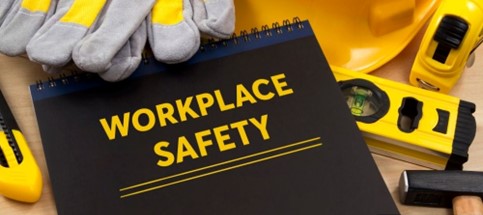
Workplace safety standards set by OSHA (Occupational Safety and Health Administration) help protect workers from injuries, illnesses, and fatalities while on the job. These standards cover a wide range of hazards and are specific to various industries. The "O" in OSHA typically refers to guidelines and standards related to specific Occupational Safety and Health regulations. Below are some key categories of workplace safety standards that OSHA enforces:
Occupational Safety and Health Standards
OSHA standards are organized into different categories based on the type of industry or hazard. These standards include:
General Industry Standards (29 CFR 1910): These cover most industries outside construction and agriculture, addressing general safety practices, machinery, hazardous materials, electrical safety, personal protective equipment (PPE), and more.
Construction Industry Standards (29 CFR 1926): These apply to construction work and include standards on scaffolding, fall protection, excavation, trenching, and other specific risks in the construction field.
Maritime Standards (29 CFR 1915-1917): These standards apply to workers in shipyards, longshoring operations, and marine terminals, focusing on safety in maritime environments.
Agricultural Standards (29 CFR 1928): These cover safety standards in agricultural settings, such as working with tractors, machinery, and chemicals.
Occupational Health Standards
In addition to physical safety, OSHA also sets standards related to health hazards in the workplace. Some key areas include:
Air Quality and Ventilation: OSHA sets permissible exposure limits (PELs) for airborne contaminants such as dust, fumes, and chemicals.
Noise Exposure: Standards for noise levels, requiring hearing protection if noise exceeds safe limits to prevent hearing loss.
Ergonomics: Guidelines and best practices for preventing repetitive stress injuries and ensuring that workers' physical tasks are properly aligned to avoid musculoskeletal disorders (MSDs).
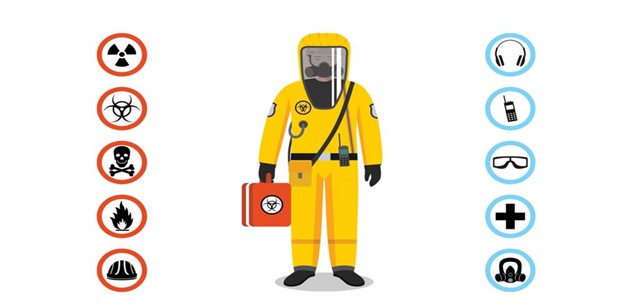
Personal Protective Equipment (PPE)
OSHA mandates the use of appropriate PPE in certain work environments where hazards cannot be eliminated or controlled by other means. Common PPE requirements include:
Head Protection (helmets or hard hats)
Eye and Face Protection (goggles, face shields)
Hearing Protection (earplugs, earmuffs)
Respirators (for air contaminants)
Hand and Arm Protection (gloves, sleeves)
Foot Protection (steel-toe boots)
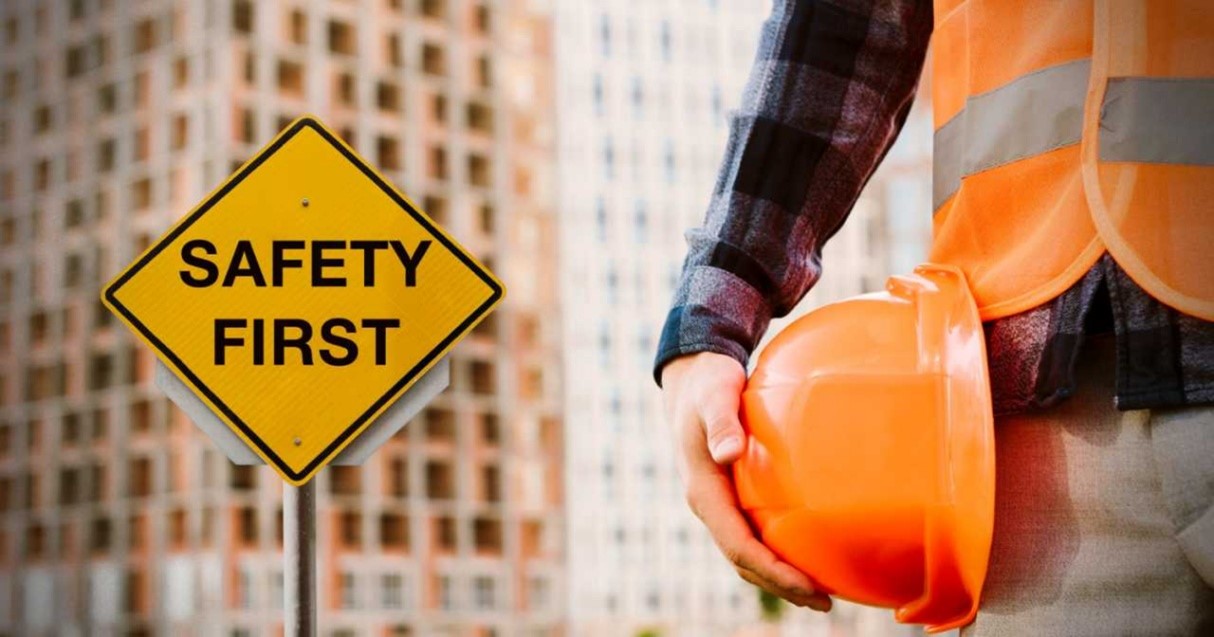
Occupational Health and Safety Programs
OSHA encourages employers to implement specific programs to address safety and health:
Workplace Hazard Communication (HAZCOM): Employers must provide training about hazardous chemicals and proper labeling.
Emergency Action Plans (EAP): These plans are required for workplaces with over 10 employees to ensure workers know what to do in case of emergencies (fires, chemical spills, etc.).
Injury and Illness Prevention Programs (IIPP): Employers must identify hazards and implement measures to prevent workplace injuries and illnesses.
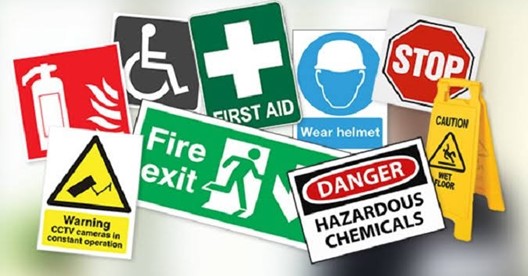
Other Key Workplace Safety Standards:
Fall Protection: Employers must implement measures to protect workers from fall hazards (e.g., guardrails, safety nets, fall arrest systems).
Lockout/Tagout (LOTO): Standards for isolating energy sources during equipment maintenance to prevent accidental release of hazardous energy.
Machine Guarding: Standards to ensure that machinery with moving parts is properly guarded to prevent injuries from contact with moving components.
Ladder Safety: Regulations governing the safe use of ladders and scaffolding to prevent falls.
Electrical Safety: Specific standards to ensure that electrical installations and equipment do not present a risk of electrocution or other hazards.
Occupational Safety in the Context of COVID-19
OSHA also issues guidelines and standards to address emerging hazards, such as infectious diseases like COVID-19. These include recommendations for social distancing, mask-wearing, sanitation, ventilation improvements, and other preventive measures.
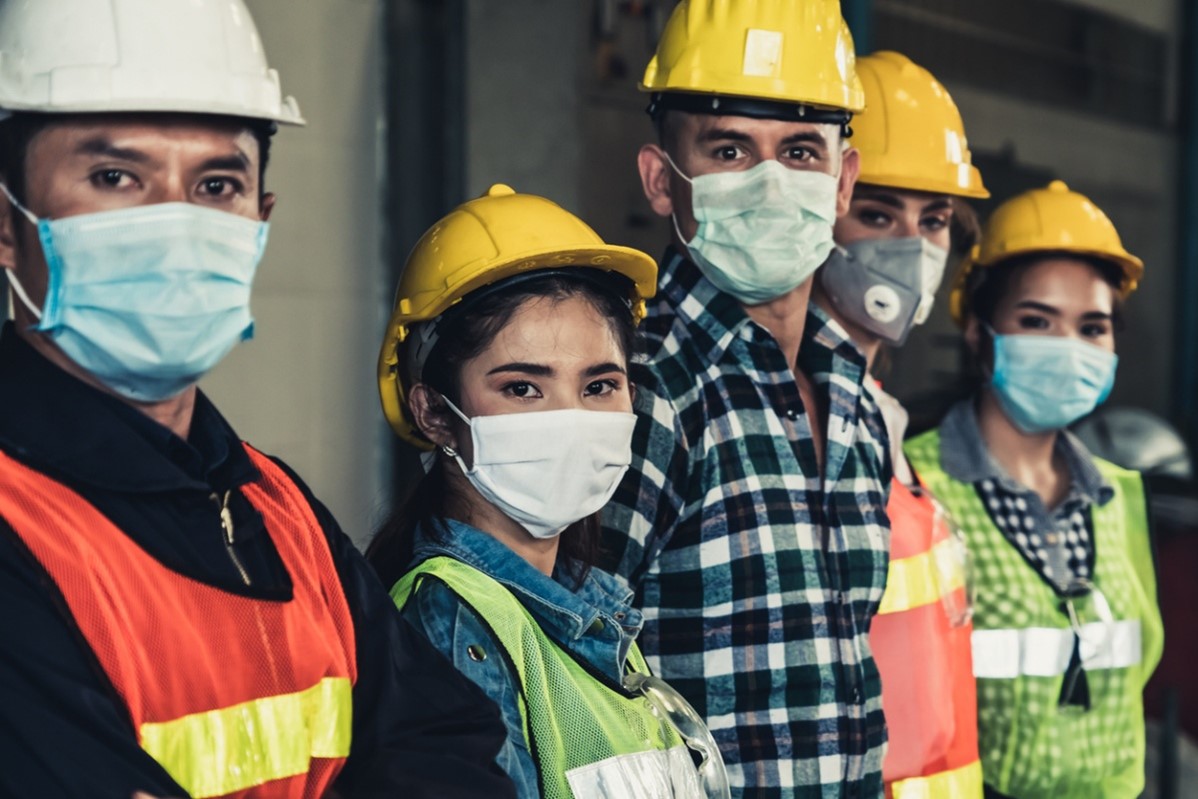
Enforcement of Workplace Safety Standards
OSHA enforces these safety standards through inspections, audits, and investigations. When violations are found, OSHA can issue citations and penalties for non-compliance. OSHA inspectors may visit workplaces to assess whether they meet safety and health standards and provide guidance on improving safety practices.